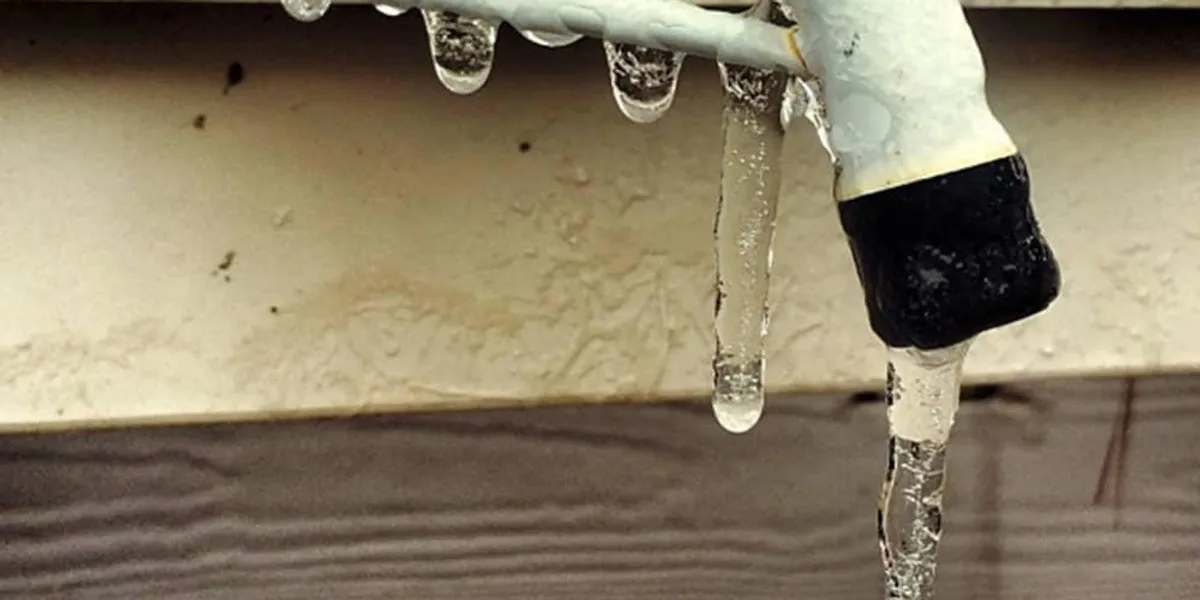How to Prevent Frozen Pipes in Winter: Pro Tips
How to Prevent Frozen Pipes in Winter: Pro Tips
Blog Article
This great article following next involving How to prepare your home plumbing for winter weather is quite insightful. Check it out for your own benefit and see what you think about it.

Cold weather can wreak havoc on your plumbing, particularly by freezing pipelines. Right here's how to avoid it from taking place and what to do if it does.
Introduction
As temperatures drop, the danger of frozen pipes rises, potentially leading to expensive repair services and water damage. Comprehending just how to avoid frozen pipes is important for property owners in cold environments.
Comprehending Frozen Pipelines
What causes pipelines to freeze?
Pipes ice up when subjected to temperatures listed below 32 ° F (0 ° C) for extended durations. As water inside the pipelines ices up, it expands, taxing the pipe walls and possibly creating them to rupture.
Threats and damages
Icy pipes can result in supply of water disruptions, building damage, and costly repair work. Ruptured pipelines can flood homes and create substantial architectural damages.
Indicators of Frozen Pipes
Identifying icy pipelines early can stop them from breaking.
Just how to recognize frozen pipes
Look for decreased water flow from faucets, uncommon smells or noises from pipes, and noticeable frost on revealed pipelines.
Avoidance Tips
Insulating prone pipes
Cover pipelines in insulation sleeves or utilize heat tape to shield them from freezing temperatures. Focus on pipelines in unheated or external areas of the home.
Home heating methods
Maintain indoor rooms effectively heated, particularly locations with pipes. Open closet doors to allow cozy air to circulate around pipelines under sinks.
Protecting Outside Pipes
Garden hose pipes and outside taps
Disconnect and drain pipes garden hoses before wintertime. Set up frost-proof faucets or cover outdoor faucets with protected caps.
What to Do If Your Pipes Freeze
Immediate activities to take
If you believe frozen pipelines, maintain taps open up to relieve stress as the ice thaws. Utilize a hairdryer or towels soaked in hot water to thaw pipelines slowly.
Long-Term Solutions
Architectural modifications
Take into consideration rerouting pipelines away from outside wall surfaces or unheated areas. Include additional insulation to attic rooms, cellars, and crawl spaces.
Upgrading insulation
Buy premium insulation for pipes, attic rooms, and walls. Appropriate insulation aids preserve regular temperature levels and lowers the danger of icy pipelines.
Final thought
Stopping frozen pipelines calls for proactive actions and fast actions. By understanding the causes, indications, and preventive measures, home owners can protect their plumbing during cold weather.
5 Ways to Prevent Frozen Pipes
Drain Outdoor Faucets and Disconnect Hoses
First, close the shut-off valve that controls the flow of water in the pipe to your outdoor faucet. Then, head outside to disconnect and drain your hose and open the outdoor faucet to allow the water to completely drain out of the line. Turn off the faucet when done. Finally, head back to the shut-off valve and drain the remaining water inside the pipe into a bucket or container. Additionally, if you have a home irrigation system, you should consider hiring an expert to clear the system of water each year.
Insulate Pipes
One of the best and most cost-effective methods for preventing frozen water pipes is to wrap your pipes with insulation. This is especially important for areas in your home that aren’t exposed to heat, such as an attic. We suggest using foam sleeves, which can typically be found at your local hardware store.
Keep Heat Running at 65
Your pipes are located inside your walls, and the temperature there is much colder than the rest of the house. To prevent your pipes from freezing, The Insurance Information Institute suggests that you keep your home heated to at least 65 degrees, even when traveling. You may want to invest in smart devices that can keep an eye on the temperature in your home while you’re away.
Leave Water Dripping
Moving water — even a small trickle — can prevent ice from forming inside your pipes. When freezing temps are imminent, start a drip of water from all faucets that serve exposed pipes. Leaving a few faucets running will also help relieve pressure inside the pipes and help prevent a rupture if the water inside freezes.
Open Cupboard Doors
Warm your kitchen and bathroom pipes by opening cupboards and vanities. You should also leave your interior doors ajar to help warm air circulate evenly throughout your home.

I was made aware of that report about How to Prevent Your Pipes From Freezing through a buddy on our other web blog. Appreciated our content? Please share it. Let somebody else find it. Thank you for your time spent reading it.
Click Here Report this page